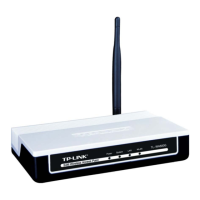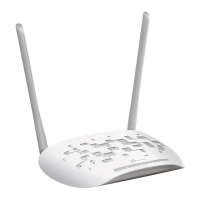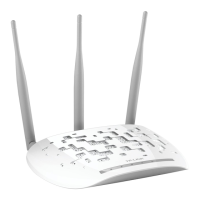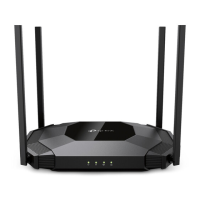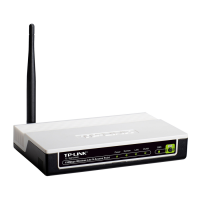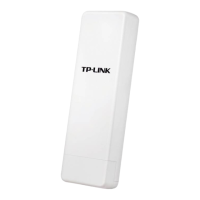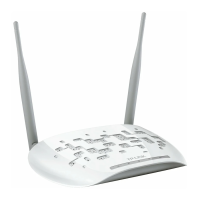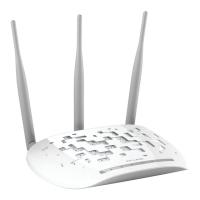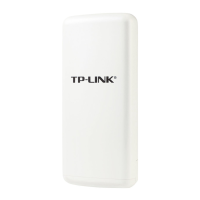36
Figure 4-26 Wireless settings
¾ Enable WMM - WMM function can guarantee the packets with high- priority messages being
transmitted preferentially. It is strongly recommended enabled.
¾ Enable AP Isolation - Isolate all connected wireless stations so that wireless stations can
not access each other through WLAN. This option is available only for AP mode.
¾ Disable short preamble - Disable short preamble and use long preamble only. It is
recommended that you do not change these settings.
¾ RTS threshold - RTS/CTS Threshold, the packet size that is used to determine if RTS/CTS
should be sent.
¾ Fragmentation Threshold - The maximum packet size used for fragmentation.
¾ Beacon Interval - The interval time between two successive beacons.
¾ Power - The transmit power of the access point. The checkbox determines the transmit
power that whether it obeys regulatory power or not. Un-checking the Obey Regulatory
Power option may cause interference to other devices and violate the applicable law.
¾ Antenna Settings - The polarization of an antenna.
¾ Signal LED Thresholds - The RSSI thresholds of the signal LEDs.
4.9 Forwarding
There are four submenus under the Forwarding menu (shown in Figure 4-27): Virtual Servers,
Port Triggering, DMZ and UPnP. Click any of them, and you will be able to configure the
corresponding function. The detailed explanations for each submenu are provided below.
Virtual servers can be used for setting up public services on your LAN, such as DNS, Email and
FTP. A virtual server is defined as a service port, and all requests from the Internet to this service
port will be redirected to the computer specified by the server IP. Any PC that was used for a
virtual server must have a static or reserved IP Address because its IP Address may change
when using the DHCP function. Port Triggering is used for some applications that cannot work
with a pure NAT router, like Internet games, video conferencing, Internet calling and so on, which
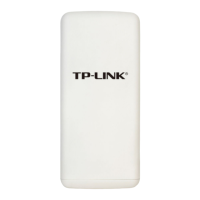
